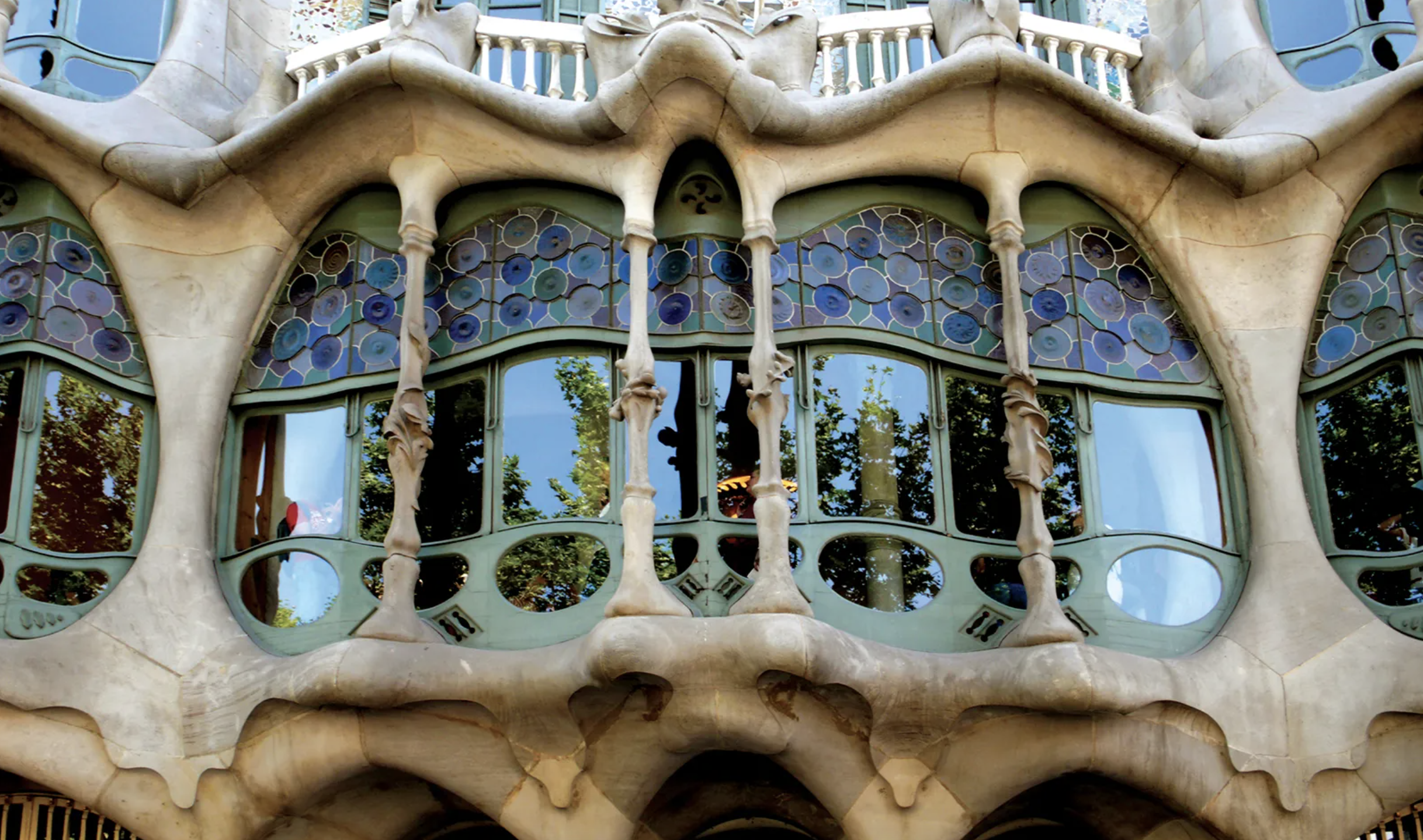ORGANICISM
_________________________________________
Finally, we’ll get into aesthetics and beauty. We’ve never been far from these considerations in this research, but now we’ll give them our full attention. So many final designs of “green buildings” can feel uninspired. They often mimic existing building styles, so as not to reveal their differences. In catalyzing the shift towards mutualistic design, the transition has to be visually irresistible. I’m interested in Organic Design for this reason, as it reflects a reverence for bringing the natural and built environments into a harmonious relationship, imprinting a love for the landscape onto our homes.
Organic Design is truly a malleable, unfixed concept, simultaneously invoking visuals of biomorphic blobitecture, and rigid orthogonal Frank Lloyd Wright homes. It’s a testament to the fluidity of language, I guess. To understand how it came to refer to building styles that feel totally different, we have to understand its root association with organs in the body. To drastically oversimplify, Frank Lloyd Wright’s principles of Organic Design were concerned with the organization of parts into a complete whole. That, like organs in the body, components of a building work together to create a unified feeling. We’ll explore a more sculptural side of Organic Architecture, starting with Antoni Gaudi and tracing his influence to Javier Senosian, Bruce Goff, and end with Miami-local Chayo Frank, who’s Amertec building in Hialeah was the best local example of this style, before it was demolished to make way for a parking lot.
Organic Design is truly a malleable, unfixed concept, simultaneously invoking visuals of biomorphic blobitecture, and rigid orthogonal Frank Lloyd Wright homes. It’s a testament to the fluidity of language, I guess. To understand how it came to refer to building styles that feel totally different, we have to understand its root association with organs in the body. To drastically oversimplify, Frank Lloyd Wright’s principles of Organic Design were concerned with the organization of parts into a complete whole. That, like organs in the body, components of a building work together to create a unified feeling. We’ll explore a more sculptural side of Organic Architecture, starting with Antoni Gaudi and tracing his influence to Javier Senosian, Bruce Goff, and end with Miami-local Chayo Frank, who’s Amertec building in Hialeah was the best local example of this style, before it was demolished to make way for a parking lot.


Subthemes
- biomorphic design
- blobitecture
- organization
- preserving eccentric design and roadside oddities
Examples:
- Chayo Frank - Amertec
- Javier Senosian
- Cosanti
- Gaudi
- Frank Lloyd Wright
- Bruce Goff
- Niki de Saint Phalle
- Ra Paulette's Hand-Carved Caves



